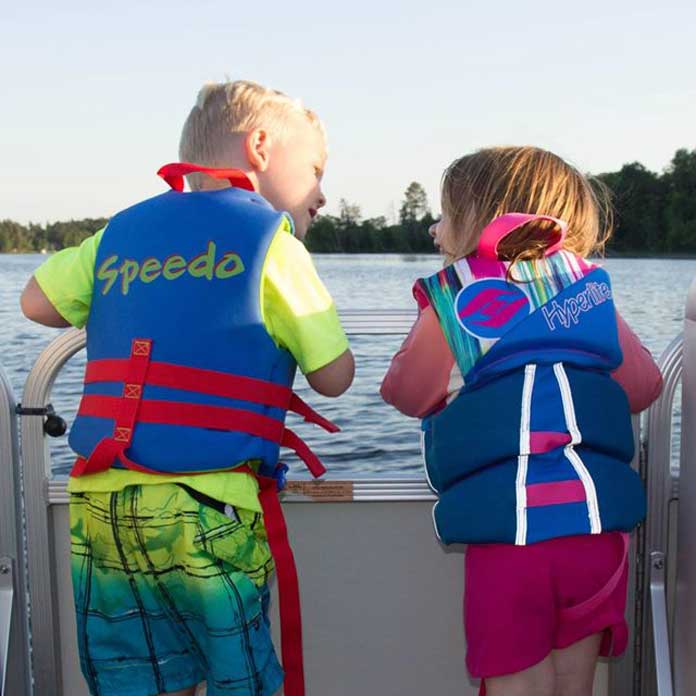Ah summer in Minnesota. The thermostat reads 92 F° and the humidity is a sticky 75% everyone is looking for ways to beat the heat. A favorite method for many is swimming! But with water play comes serious risk. Drowning is often silent and can occur in only a few inches of water. Young children, ages 1-4, have the highest drowning rates, and a majority of these drownings occur in home swimming pools. It is important to always remain vigilant of kids around water, any water.
As parents themselves our attorneys understand how important your child’s safety is to you. They helped compile a list of tips for helping keep your loved ones safe, and cool, this summer.
Teach your children to not swim without supervision
Not only is it imperative to watch children closely around water, but one should teach kids how to be safe around water as well. Impulse control, like don’t go swimming without an adult, is essential to safe swimming. Some other water safety rules would be, don’t dive into waters with unknown depths. Be extra cautious jumping into natural bodies of water that might be freezing and could cause hypothermia. Do not swim after drinking.
Flotation devices are not a substitute for swim instruction
Personal flotation devices can be very fun, but they are not the equivalent of instruction. Allowing a nonswimmer to be on top of a raft or swim with water wings is very dangerous. Instead, flotation devices should be used as an extra step in water safety. When operating a watercraft children are required under law to wear life jackets. The exact law varies state by state, but in Minnesota all children under 10 years of age are required to wear a properly fitting life jacket.
Do not assume every child in the water can swim
If you are the designated person responsible for watching swimmers exercise caution and do not assume everyone in the water is a strong swimmer. Swimming is an aerobic activity, and kids can get tired very quickly. They are also at a higher risk of hypothermia, meaning they get dangerously cold faster than an adult, this could impede their swimming abilities. Staying vigilant could save a life.
A supervisor should be watching
Ideally a trained professional, like a life guard, would be available to help watch swimmers, but often the water is not supervised. The duty then falls on the adults. Preteens are not appropriate as swimming supervisors of younger children. When out on a boat or at a lake cabin A majority of boat accidents happen when the operator of the boat is drinking.
Every body of water is different
Swimming in a pool is vastly different than swimming in a river or an ocean. Natural bodies of water vary in depth and temperature. Many contain currents that can be dangerous to weak swimmers. Undertow is dangerous for all swimmers regardless of ability. Jagged rocks can be hazardous too. Teaching kids to jump in feet first and be aware of weather patterns are good options for swimming in open bodies of water. For more tips about swimming in Minnesota’s lakes and rivers check out this list from the American Red Cross.
If you would like to speak to one of our attorneys about water safety and the law you can fill out a free consultation form or call 1-888-377-8900.
